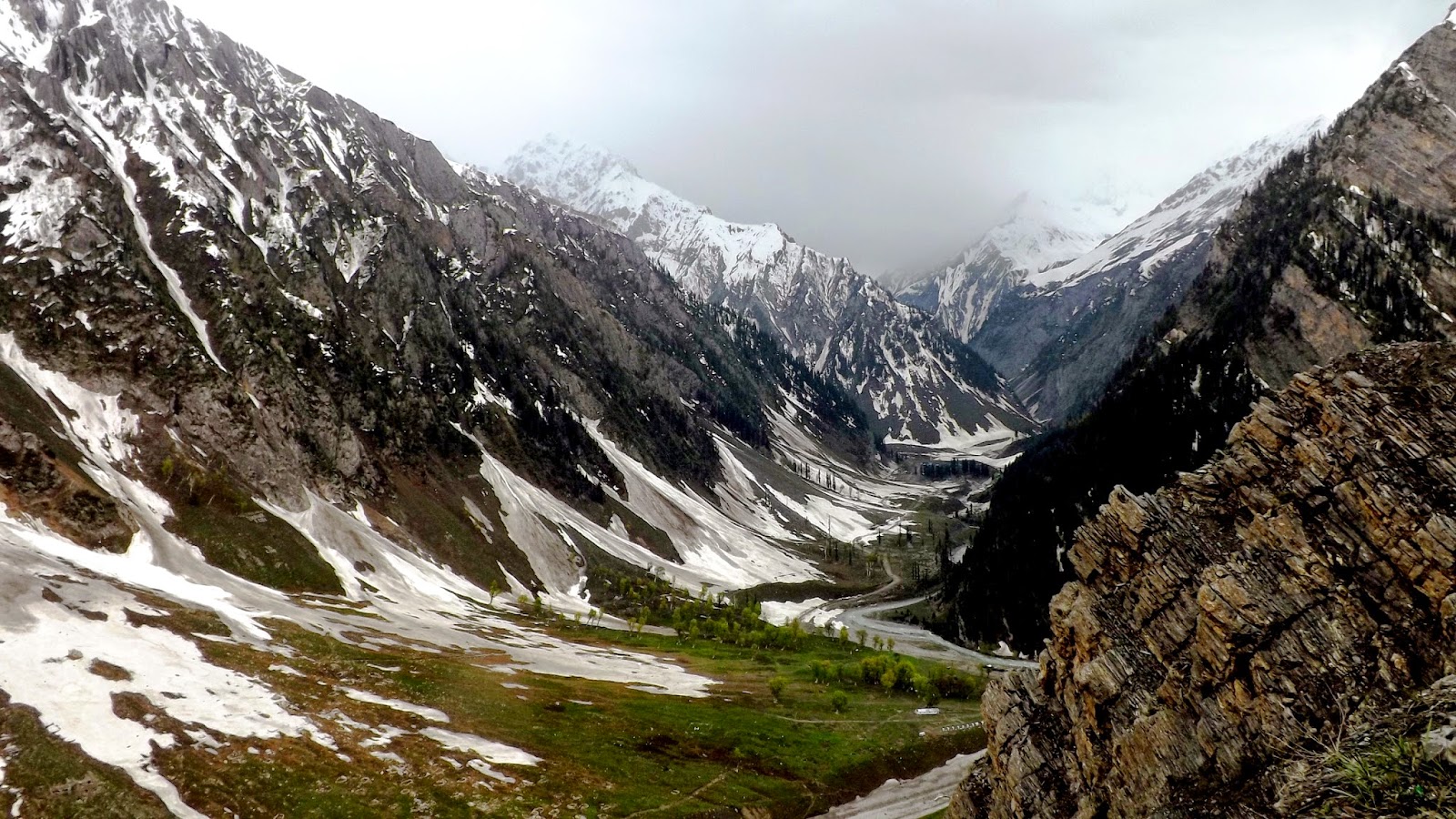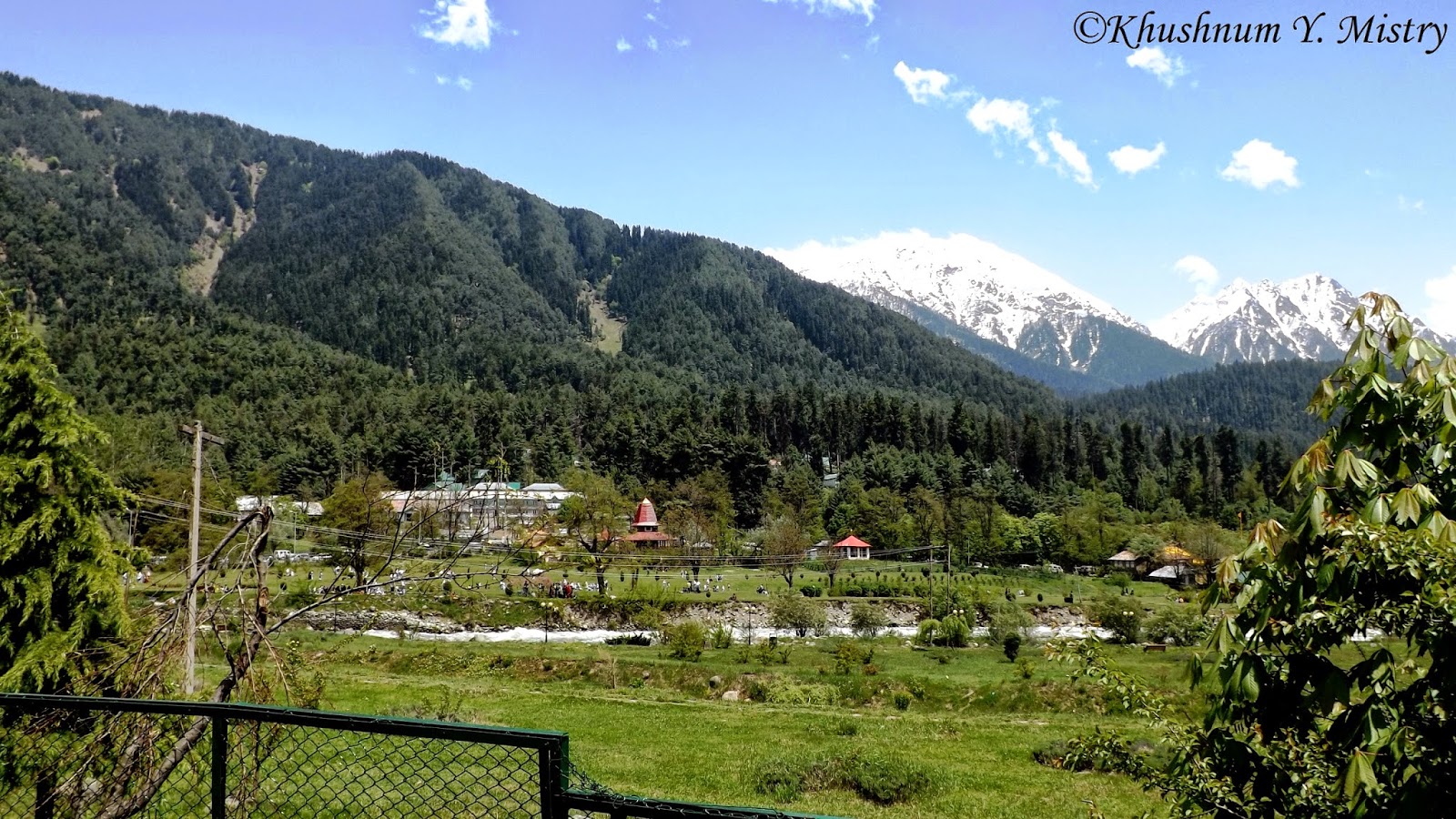 |
| Sonamarg Valley |
If Gulmarg and Sonamarg makes you feel warm and fuzzy, Sonamarg is exactly the opposite. Don’t take me wrong, the beauty of Sonamarg is indeed breath-taking, but the grandiosity of the snow mountains make you feel like a Lilliput, someone without any power.
The changing weather further adds to the mystery of ‘what’s
next?’ The Sindh River cutting across the Sindh valley brings glamour to this
hill station. Sonamarg is a contrasting beauty; green meadows on the banks of
the Sindh River and the cold rustic mountains leading to Kargil.
Instead of following the crowd to a snow
field, I would advise you to rent a guide and ask him to take you some place
which is less commercial. Yes, I particularly stress on hiring a guide because snow is dangerous
(partly because there are melting glaciers). If you fall and cut yourself, you can
bleed to death before any help arrives. There is also a trekking route that you
can take that reaches the Pahalgam Valley. The trek is strenuous and the
weather conditions determine whether you can trek that route.
I would suggest an overnight stay at
Sonamarg valley. Once the one day tourists leave, the place becomes quiet and
it reveals true beauty to its night audience. The Sonamarg market is about
1 km. long. Most of the places serve fabulous food and like I always say, always
order what the locals eat!
 |
| Baltal Valley |
 |
| Milestone |
A close by excursion is to Baltal,
15 km East of Sonamarg. This little valley lies at the foot of the Zojila.
Sonamarg is a silent reminder to mankind that God is the best architect, and the most
skilled painter and colour co-ordinator we will ever know.
Places
to Stay
If you are visiting during tourist season,
it is advisable to book the hotel in advance (especially if you want to get a
cheaper deal). The approximate price is between Rs. 1000 to 7000 per night.
Day
Trip Pricing
Big Car: Rs. 3200/-
Small Car: Rs. 2800/-
Next
Destination
If you have planned only Kashmir for your
trip, then it is wise to visit Sonamarg before or after Pehelgam instead of
returning to Srinagar.
If you are going to Leh, then halt at
Sonamarg for the night and head to Kargil via the Zojila Pass. The Zojila Pass
is temperamental and it is open depending on the weather conditions.








































